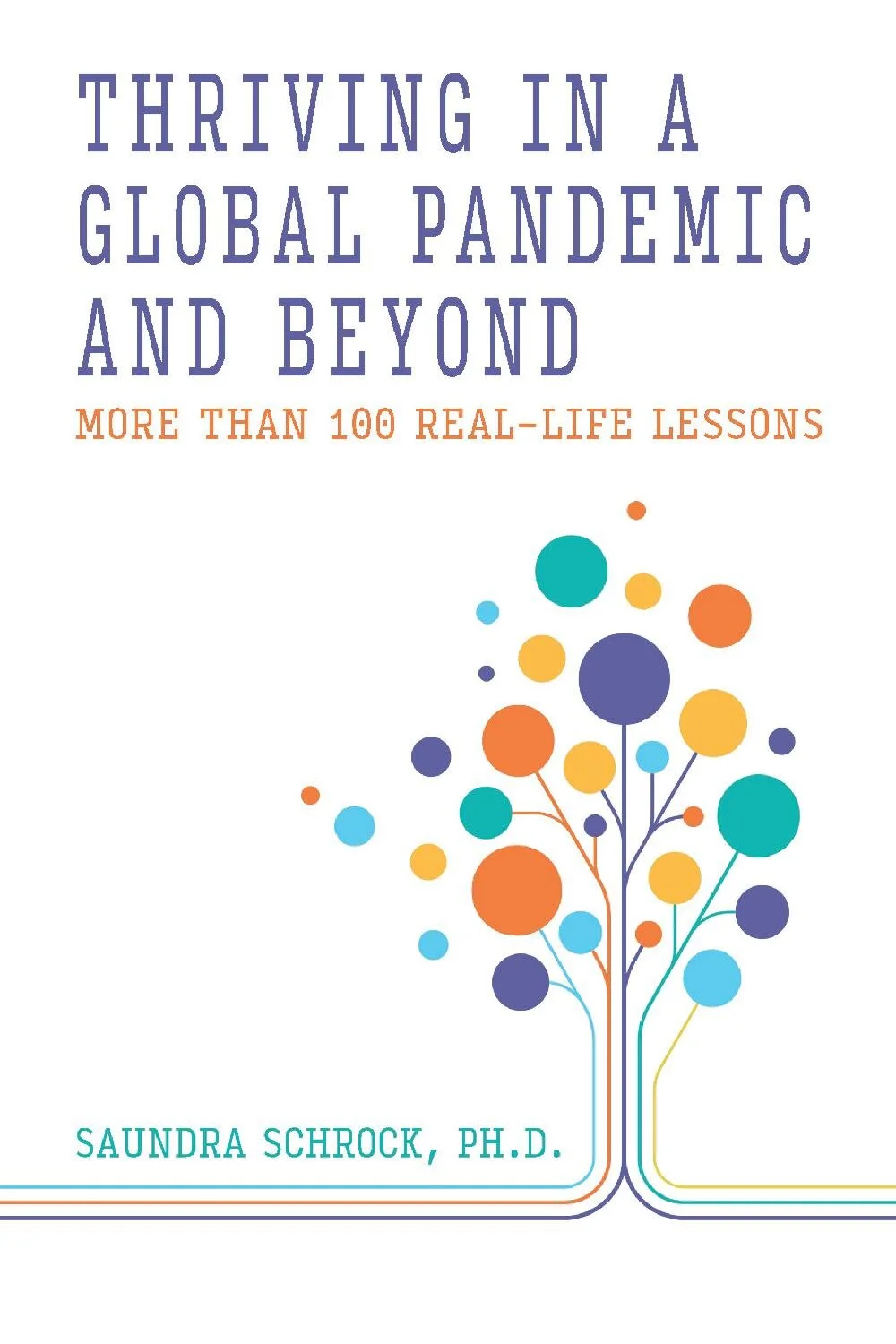Are Worry and Fear the Same Thing?
Psychologists describe worrying as a chain of negative thoughts and images which is largely uncontrollable. Often worry represents an attempt to solve a problem in which the outcome is uncertain and has the possibility of one or more negative consequences (Hoyer et al., 2009).
Fear is an adaptive mechanism essential to survival that rallies many biological processes to help us prepare for a potentially threatening situation (Ornell et al., 2020). Fear can guide us towards personal growth and acceptance. However, fear becomes harmful when it is ever-present or disproportionate to the problem, leading to several psychological disorders (Peeri et al., 2020). In times of crisis, fear increases and intensifies in both healthy individuals and in those with pre-existing mental health concerns (Shigemura et al., 2020).
Want more tips to live better? Check out Saundra’s latest book here.
While fear and worry may be different in definition and perhaps in the source that triggers them, they can have similar impacts on our well-being. The world we live in today has so many fundamental issues for us to worry about or be fearful of. However, when we spend a disproportionate amount of time worrying or being fearful about situations outside of our control, we’re putting our mental health at risk. Persistent negative thoughts consume our attentional resources, resulting in being “stuck” inside our head. This “stuckness” is a significant problem because it interferes with our attention and concentration, associated with increased distress.
Despite the challenges of living through worry and fear, there is reason to believe that we can develop the skills to handle whatever challenges we face today and in the future. The basis for this optimism can be found in decades of research on resiliency. This research indicates that taking a proactive approach to our mental health will allow us to not merely survive but thrive (Polizzi et al., 2020). To thrive means we can bounce back quickly from problems and take advantage of opportunities. It means we live with a sense of happiness and accomplishment and enjoy positive relationships. We are strong, vigorous, and successful in all aspects of our lives ... physically, mentally, and socially.
The following is a brief yet effective practice that might be a great way to break the chain of worrying thoughts.
Practice: How to Move Away from Disruptive Worry and Fear
PURPOSE/DESCRIPTION
When you notice negative, recurring thoughts beginning to circulate in your head, mentally “push pause” and try this four-step exercise. It may be just what you need to prevent or shorten the amount of time you spend having negative, unproductive thoughts.
ESTIMATED TIME
3-5 minutes
PREPARATION/MATERIALS
No special preparation is needed. This practice can be done anytime, anywhere. Also keep in mind, that you can adapt the steps to fit your unique needs and situation.
Have a pen and paper handy.
Read through how to complete the practice before you begin.
HOW
Step One: Acknowledge your thoughts.
When you notice that you are replaying the same messages over and over in your head, take a moment and “push pause” on those thoughts. While they are on pause, see if you can look at them objectively. You might ask yourself what’s based on fact, what’s based on previous fears and experiences, and which ones are destructive. With a sense of curiosity and objectivity, take a moment to write them down. Putting thoughts into words has a way of releasing some of the power they have over us.
Step Two: Identify underlying emotions.
Next, see if you can identify what underlying emotions are attached to these thoughts. This isn’t always easy. These emotions might be driven by wanting control, security, approval, or wanting to run away due to fear. It could even be a combination of all of these. Pinning down the motivating drivers may help you see why you’re so attached to these thoughts.
Step Three: Accept thoughts without judgment.
Once you’ve acknowledged these thoughts and identified why they have such a hold on you, you can begin to accept them as they are. Try not to judge them, alter, analyze, or feel guilty about thinking them. Simply accept them unconditionally. Opposing these thoughts simply energizes them more.
Step Four: Forgive Yourself
Keep in mind that forgiving is not easy. Our mind takes pleasure from holding on to negativity. We enjoy the feeling of being right or being a victim of circumstance. Forgiveness is a process. Start small and gentle. It might be something as gentle as silently saying to yourself, “I forgive myself for whatever it is that resulted in me having these thoughts” or “I forgive the other person or person for whatever they may have done to cause me this stress and anxiety. After all, we are human. We are all doing the very best we can.”
REFLECT/CONSIDER
Once you feel you’ve “paused” your maladaptive worrying, you might consider turning your attention toward creating a plan for dealing with your real concerns.
Even if your planning is basic and continually evolves, putting an action plan around your worries and concerns is a pathway to dealing with the uncertainty of the future.
Want more quick and easy practices like this? You can find more in our app Levelhead for Real Life, or for those who prefer a practical handbook, Thriving in a Global Pandemic and Beyond, available on Amazon.


